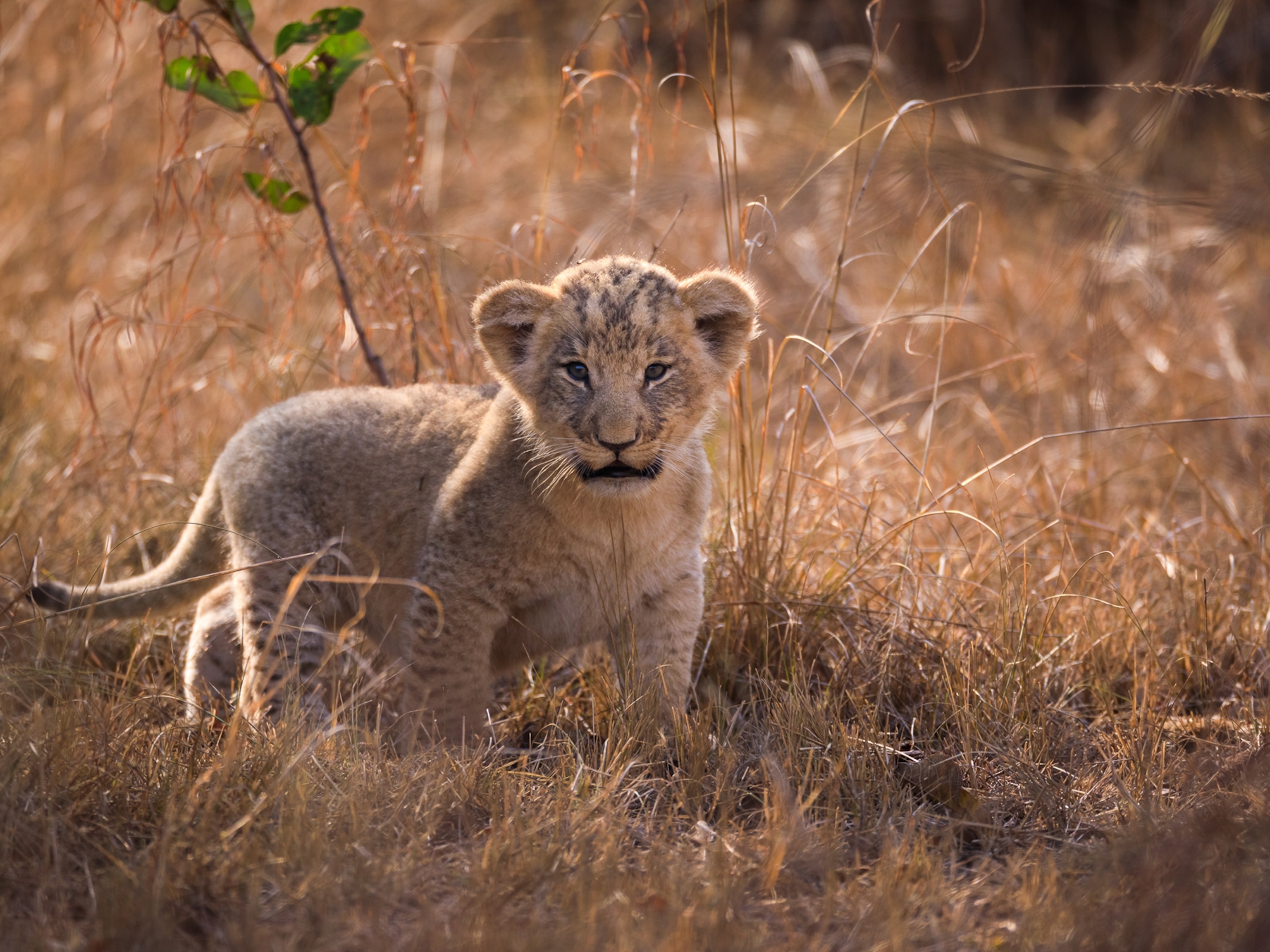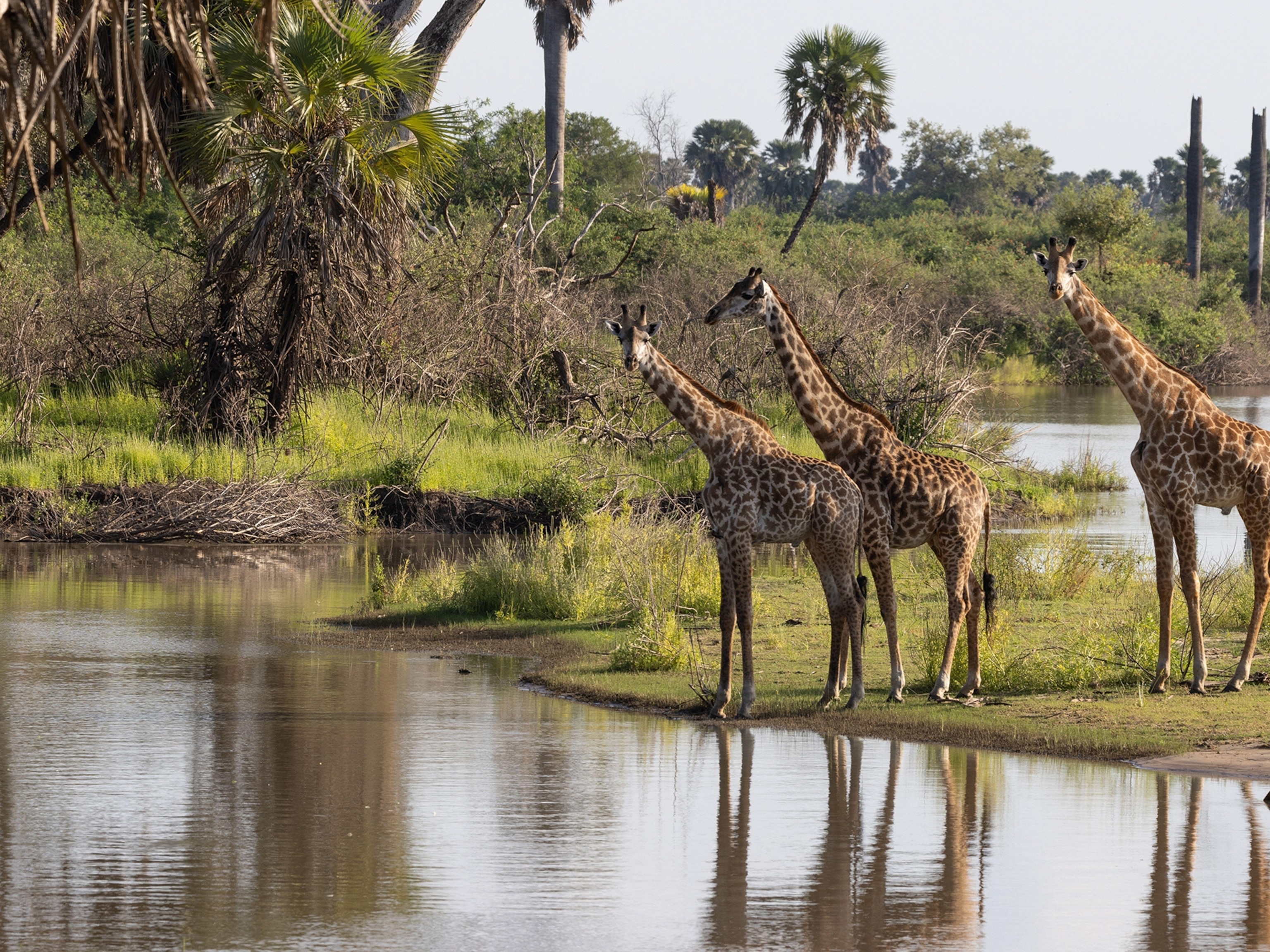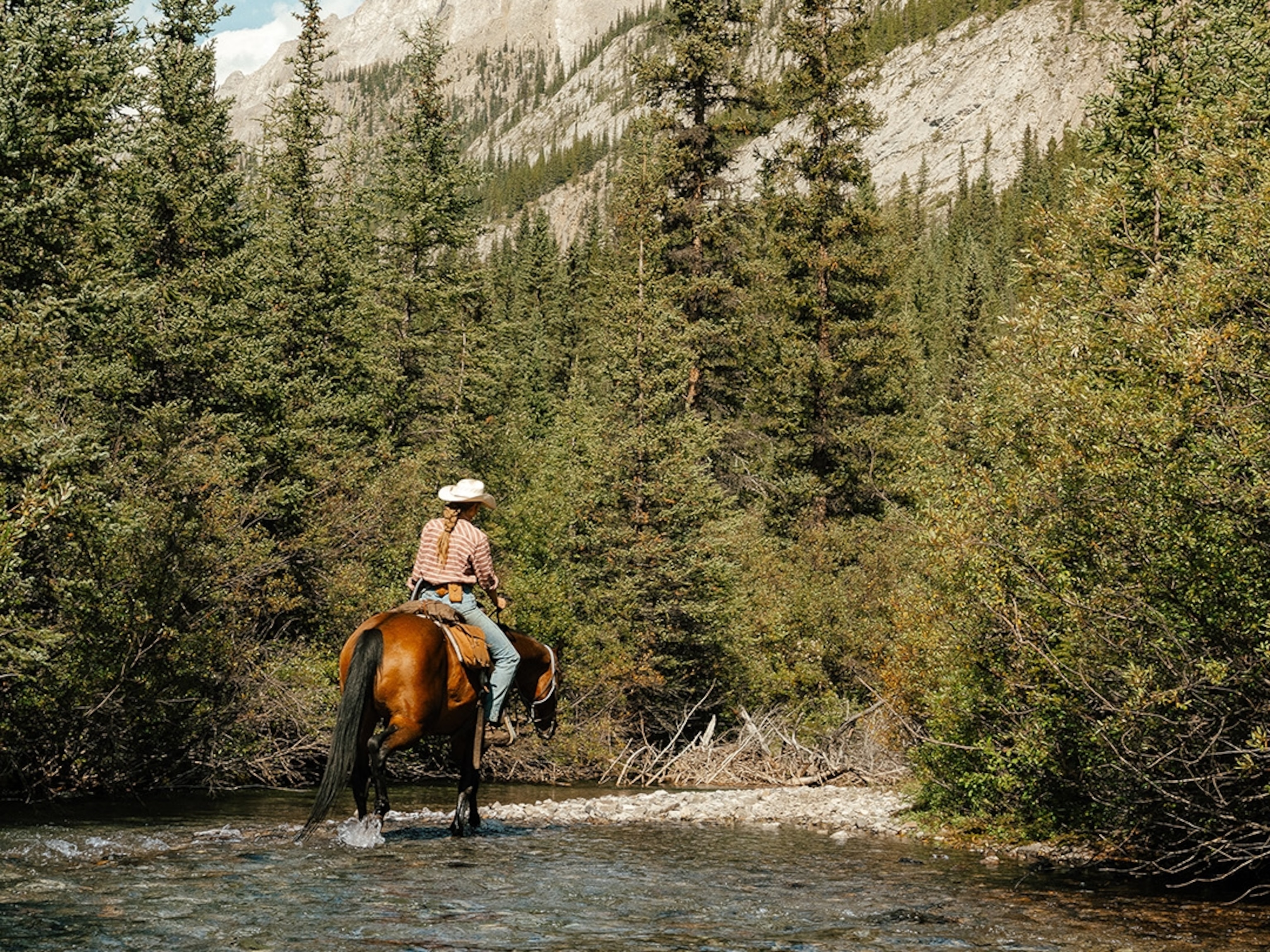
Andean Pumas Bring National Park in Argentina Back to Life
Researchers are just beginning to understand how these big cats are influencing their habitat.
Mountain lion. Cougar. Puma. The big cat with many names deals in death. But in San Guillermo National Park, Argentina, Puma concolor is bringing the high Andean habitat back to life.
A mix of wind-swept grasslands, wetlands, and canyons, San Guillermo sits at 11,000 feet (3,353 meters). Pumas are its top predators. Its herbivores include vicuñas and guanacos—small members of the camel and llama family. Andean condors patrol the park's skies, sniffing out carcasses to devour.
"San Guillermo," says Andrés Novaro, a wildlife ecologist with Argentina's National Scientific and Technical Research Council (CONICET), based in Patagonia, "is one of the few places [in Argentina] that retains native wildlife."
Pumas haven't always thrived in San Guillermo. The vicuñas upon which pumas prey were heavily hunted for their wool, which is similar to cashmere. But protections enacted 30 to 40 years ago have restored the vicuña population and lured back the pumas.
Now ecologists Arthur Middleton of Yale University and Emiliano Donadio of CONICET (with funding from the National Geographic Society) are tracking five of the park's pumas with GPS collars in one of the first efforts to understand how the presence of a predator affects these high Andean ecosystems. (Read more about the project in the words of one of the scientists.)
Risky Business
The researchers initially collared six pumas, but one of the adult males they were tracking killed the sixth puma, a young female, about a month after they began following her. (Learn how researchers collar wild animals.)
That's not unusual, says Donadio. "They kill each other over females, they kill each other over food, they kill each other over territory." (Read about cougars in National Geographic magazine.)
The multiyear project is just in its early stages, but researchers are already seeing indications of the puma's far-reaching influence.
For instance, vicuñas act very differently depending on where they are in the park, says Donadio. The animals are much more vigilant in "risky" habitats—areas like canyons and wetlands where pumas can sneak up on prey—than in less risky areas like the open plains.
When vicuñas spend more time being vigilant, they eat less. This gives the foliage a break. The result is more complex vegetation—a good thing, says Donadio, for creatures that live among the grass, like spiders and beetles.

On the Trail
Increased puma kills may feed more than the big cats. Donadio and colleagues plan to put satellite tags on Andean condors starting in December to see if their flight paths overlap with kill sites. Says Donadio, "We want to see how much condors rely on vicuña carcasses that show signs of puma predation."
For now, researchers are tracking their five pumas and are planning to collar six more cats soon.
The researchers are also following the movements of 27 vicuñas and would like to start tracking 20 more of the herbivores in the near future.
Donadio, Middleton, and their colleagues want to find out as much as they can before outside interests start to affect the park. Open-pit gold-mining operations surround San Guillermo, and some of those mines sit upstream on rivers that run through the park. (Read about the "Price of Precious" minerals in National Geographic magazine.)
"Where we're working," says Middleton, "is really only one of the sites in the Andes that's representative of what was there before Europeans brought all this other stuff into the landscape."
San Guillermo "can tell us what we might be able to have and [what] we might want to conserve in other places in the Andes."
Tune in to Nat Geo WILD's Big Cat Week through December 5. Big Cat Week is part of the Big Cats Initiative, a long-term commitment by the National Geographic Society to save big cats around the world. Share your thoughts at #BigCats.
Follow Jane J. Lee on Twitter.





